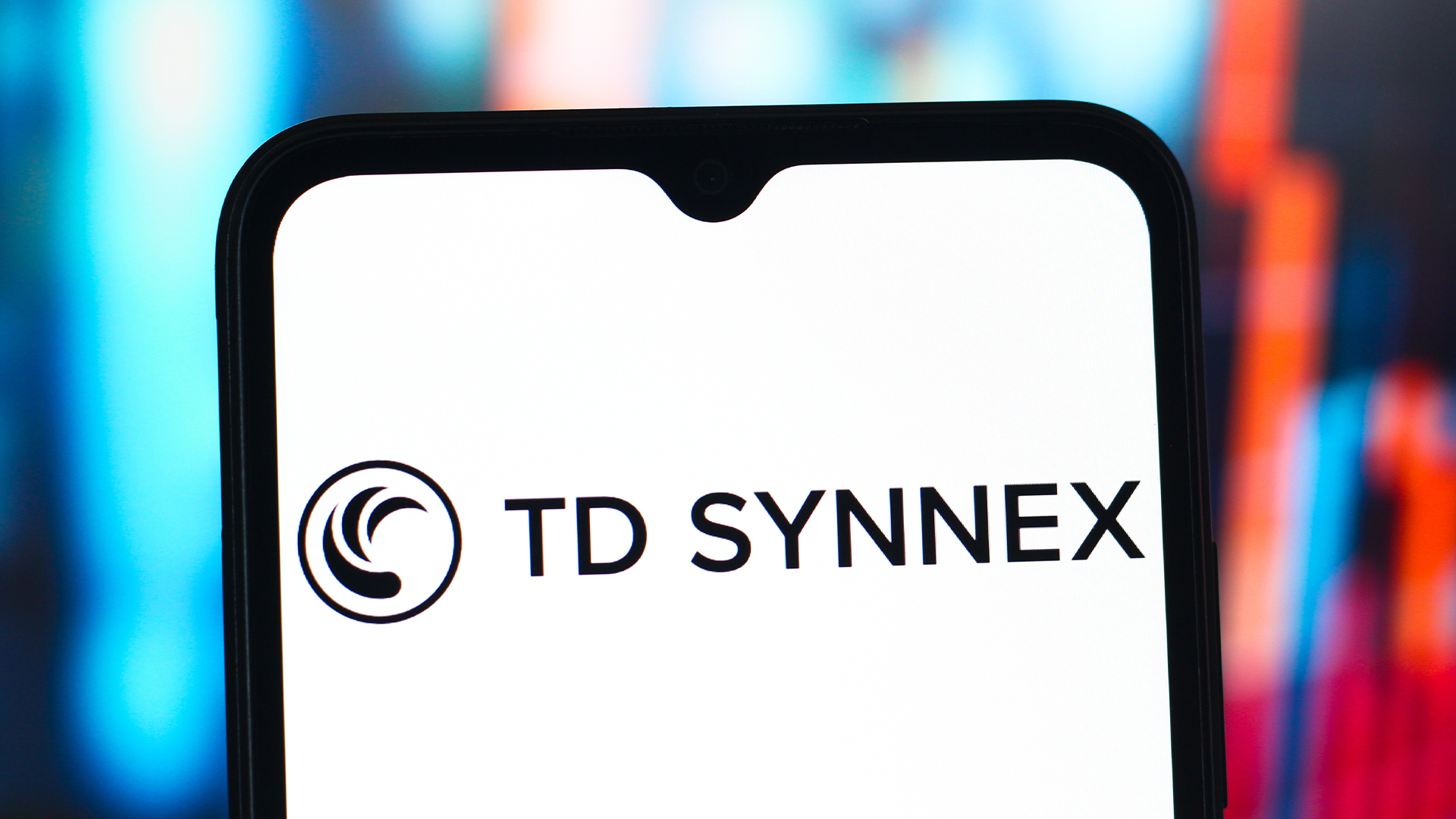Taking a hybrid approach to application migration
Not all parts of an application can or should migrate to the cloud


Applications are far from simple. They often consist of separate features that are implemented as services, components, plugins and other systems or resources. Hosting these applications locally in a data centre can be a challenge in itself, and it is even more problematic when these applications are moved to a cloud-based environment.
Not all parts of an application can or should migrate to the cloud. In some cases, applications make use of services from partner organisations, connect to third-party services and utilise services and components that are inside the corporate network, where for various reasons they simply cannot be migrated to the cloud.
In these cases, it may be better to run a hybrid application with one foot in the cloud and another in the business's own data centre. A hybrid app is one where some functionality - for example processing and data handling - is hosted in a cloud, while other application functionality is hosted in a static environment.
Even if the core data needs to stay put, it is still possible to effectively leverage compute services from various cloud providers.
As an example, an app which contains sensitive or regulatory data won't be able to be stored in the cloud. But the database can be kept on-premises and the app itself run in the cloud, partitioning the application. This is a truly hybrid app, giving some of the advantages of using cloud services without having to store the sensitive or regulated data off-site.
If a hybrid app is deployed during migration, it is important to think about how the various parts of the app will communicate and whether it is feasible to run an app split between locations. Close attention will also need to be paid to the type of connectivity available, as well as the additional costs involved.
Latency is another a critical concern: it may be a deal breaker if it is too high, since the resulting application performance could prove unacceptably slow. But colocating some infrastructure with an interconnect service typically offers lower latency as well as discounted connectivity.
Sign up today and you will receive a free copy of our Future Focus 2025 report - the leading guidance on AI, cybersecurity and other IT challenges as per 700+ senior executives
As pressure to move applications to cloud and hybrid environments intensifies, IT teams must grapple with significant migration challenges. Taking a hybrid approach will help mitigate risks by meeting security requirements both on-premises and in the cloud.
Esther is a freelance media analyst, podcaster, and one-third of Media Voices. She has previously worked as a content marketing lead for Dennis Publishing and the Media Briefing. She writes frequently on topics such as subscriptions and tech developments for industry sites such as Digital Content Next and What’s New in Publishing. She is co-founder of the Publisher Podcast Awards and Publisher Podcast Summit; the first conference and awards dedicated to celebrating and elevating publisher podcasts.
-
 UK say firms say no to AI job cuts
UK say firms say no to AI job cutsNews There's good news for British workers worried about AI job cuts, with new research showing that 78% of business leaders don't expect its to lead to a drop in headcount.
-
 TD Synnex launches new workshop to help partners drive AI adoption
TD Synnex launches new workshop to help partners drive AI adoptionNews The distributor’s new AI Game Plan will aid partners in identifying and prioritizing customer AI use cases
